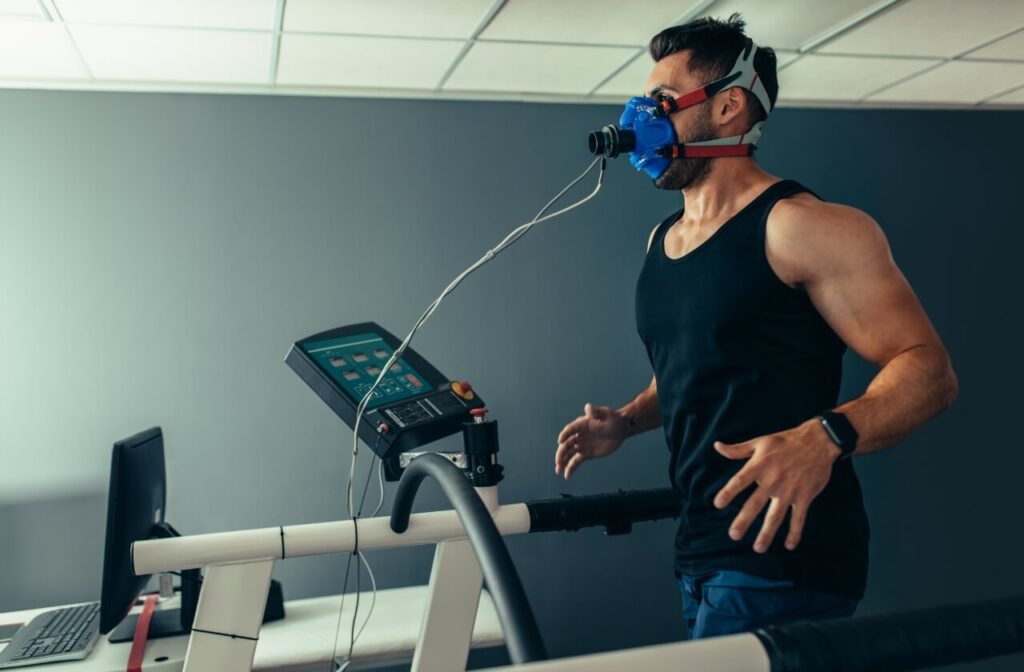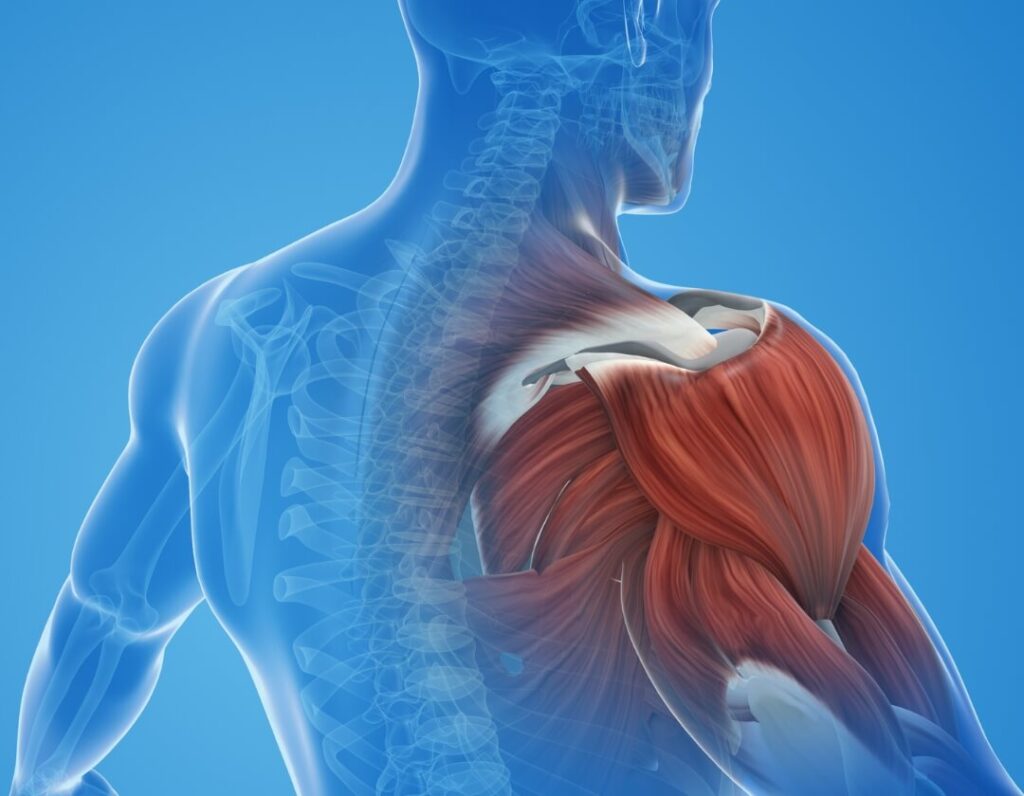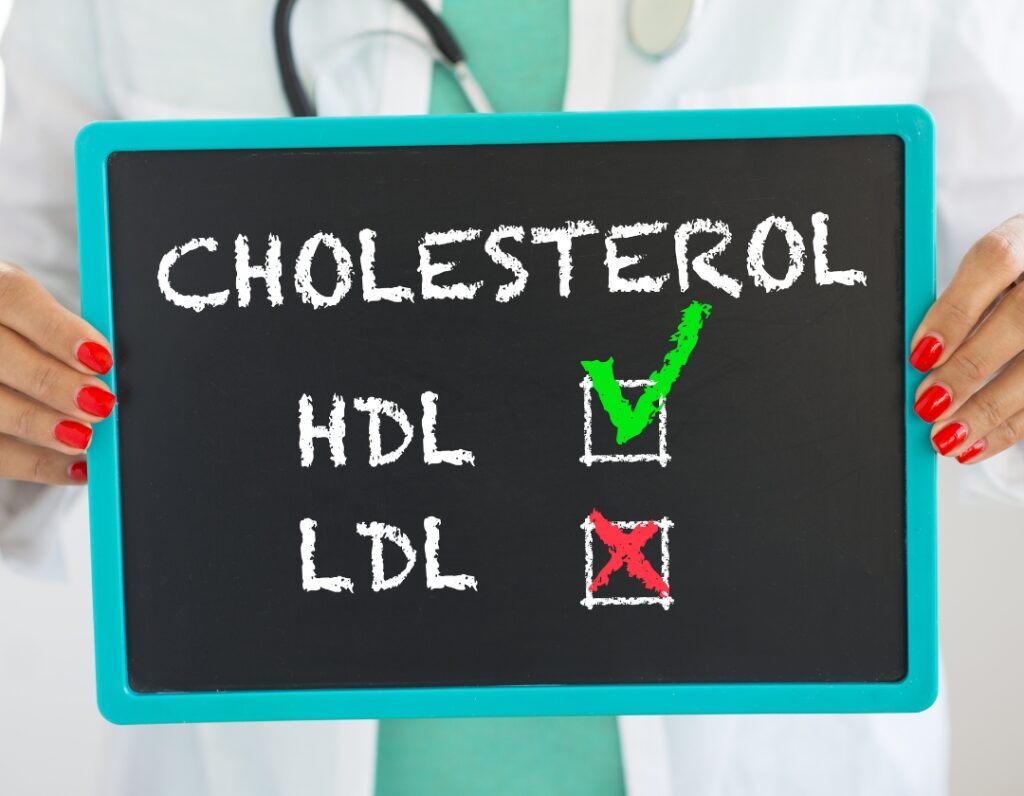
The focus on personal training is something that can really enhance overall well-being. But to truly benefit from personal training, one needs to understand the scientific knowledge behind the training. And understand how a person can use that knowledge in practical steps and then follow those steps to be effective in personal training.
This blog will dive into the science behind muscle hypertrophy, cardiovascular well-being and exercise, and scientific information regarding the different training types. So, let’s start.
Start Your Training Today
The Science of Muscle Hypertrophy
Hypertrophy is the expansion in muscle size or mass. While discussing hypertrophy in fitness, we mean workout or exercise-induced muscle hypertrophy.
Exercise-induced muscle hypertrophy happens when muscles get bulkier after thorough physical activities. But to know how it happens, we will have to delve deep into the scientific aspects.

Mechanism
At first, when we exercise, we overload and stress our muscles. The intensity of overloading depends on the intensity of our workload. The more we increase the intensity, the more will be the stress and vice versa.
When our muscles are stressed, the microfibrils in them are damaged. By damage, we mean there are tiny tears in the fibers. This damage is dependent on the intensity of the workload as described above.
Now, as our muscles are damaged, they need healing. So when we give rest to these muscles, they heal. In this process, the stem cells(Present between the basal lamina and sarcolemma) fuse with the existing muscle cells, developing stronger muscles and increasing size.
The stem cells are inactive in normal form. Still, when mechanical stimuli act upon them, they increase in number and grow and fuse with the muscle fibers, leading to muscle growth or hypertrophy.

Protein Synthesis Role in Hypertrophy
For muscle hypertrophy, one thing that is crucial and mostly negated is the increased protein synthesis in the body. In order to attain an effective increase in muscle strength and size, the protein synthetic rate must be greater than the protein breakdown rate. To do so, you need to take protein in general and increase the production of hormones that help in protein synthesis, like the growth hormone testosterone etc., as they help in protein synthesis and overall muscle repair.

Types of Exercise-Induced Hypertrophy
There are simply two types of exercise-induced hypertrophy. Sarcoplasmic and microfibrillar hypertrophy.
Sarcoplasmic hypertrophy is the one in which there is an increase in the sarcoplasmic fluid volume inside the cell, and it helps increase muscle mass. Sarcoplasmic hypertrophy is often linked with low-weight training with higher repetitions.
On the other hand, we have myofibrillar hypertrophy, which is linked to the increase in the size and the number of myofibrils in the muscle cells. So the muscle size looks more huge and bulkier.Compared to sarcoplasmic hypertrophy, myofibrillar hypertrophy is linked with heavy-weight training like bodybuilding.
Cardiovascular Health and Exercise

Blood Circulation and Heart Muscle Strengthening
Exercise has a profound effect on a person’s cardiovascular health. With regular exercise habits, you are helping your cardiovascular system by improving blood circulation and strengthening your heart, helping reduce the risk of diseases.
How this works is that with exercise, your heart rate increases and with the increase of your heart rate. With this regular temporary increase in the heart rate, the heart muscles that pump the blood are strengthened, and hence, the heart’s overall strength increases.
On the other hand, the increase in blood flow comes from developing new capillaries in the muscle tissues to increase the oxygenated blood supply. Moreover, the improved blood circulation is brought by the enhanced functioning of the endothelium, which is the inner lining of the blood vessels.

Lowering Cholesterol and Blood Pressure
The exercise also helps in reducing cholesterol levels and blood pressure. Exercise reduces low-density lipoprotein levels; hence, cholesterol levels are diminished. Moreover, exercise also reduces inflammation and blood clots in the body.
When it comes to how it reduces blood pressure is that with regular exercise, your blood vessels are accustomed to dilation, and hence, they resist the high blood pressure by the heart, reducing the overall blood pressure. This helps a great deal in preventing any major heart risk.

Type of Exercises and Cardiovascular Health
We have aerobic exercises, which help increase endurance in the cardiovascular system. You are increasing your heart rate with exercises like running, swimming, cycling, or even brisk walking. With this increase in the heart rate, you tend to increase the overall endurance of the cardiovascular system.
If you are heavy training, like heavy lifting and stuff like that, then these training types will increase your heart muscle strength and endurance. So your heart can deal with daily activities without any hustle.
The last type is yoga and other relevant exercises. These exercises help manage health by reducing stress, lowering blood pressure, enhancing vasodilation, and benefiting heart health and function.
Research Highlights on Optimizing Workout Frequencies and Rest Periods
Talking about optimizing workout frequencies precisely based on research findings, we find out that in resistant weight training, there is no such difference if you compare the daily frequency with the volume of the exercise done in a week. This study in Pubmed found that a 1- 3+ days frequency of weight training is okay for hypertrophy. And the results are irrespective of the frequency. In terms of endurance exercise, the frequency matters a lot, and it must be 5-6 times per week.
In the case of rest periods, research in Pubmed found that longer rest periods than short ones are linked to greater muscle hypertrophy and strength. According to studies, rest time between sets must be 30-60 seconds.
Scientific View of Nutrition's Impact on Training
Nutrition is a key factor in personal training overall. Without proper nutrition, the achievement of the desired results is not possible. While doing personal training, you must make up your diet plan with appropriate measurements of all the essential nutrients.
Every nutrient is important; carbs are essential for giving you energy to consume while exercising. Protein is essential for better muscle development. So, every nutrient in the diet has its role, and the perfect proportion of each is important.
Final Thoughts
As we conclude our journey through the fascinating world of personal training, it’s clear that success in this field is deeply rooted in science. The meticulous understanding of muscle hypertrophy, cardiovascular health, and the nutritional intricacies plays a pivotal role in crafting effective training programs.
Remember, every step you take in your fitness journey is backed by scientific principles, ensuring that your efforts yield tangible and lasting results. Embrace this knowledge as your guide, and let it propel you towards your health and fitness goals. If you’re eager to explore more and take your training to the next level, don’t hesitate to reach out to us. Together, we can turn scientific insight into your personal strength and success.
Explore Our Training Approach
Blog Post Written by:

Lazar
IFBB ADVANCED BODYBUILDING PERSONAL FITNESS TRAINER SPECIALIST, MASTER EMS TRAINER & REPS LEVEL 3 CERTIFIED PT




